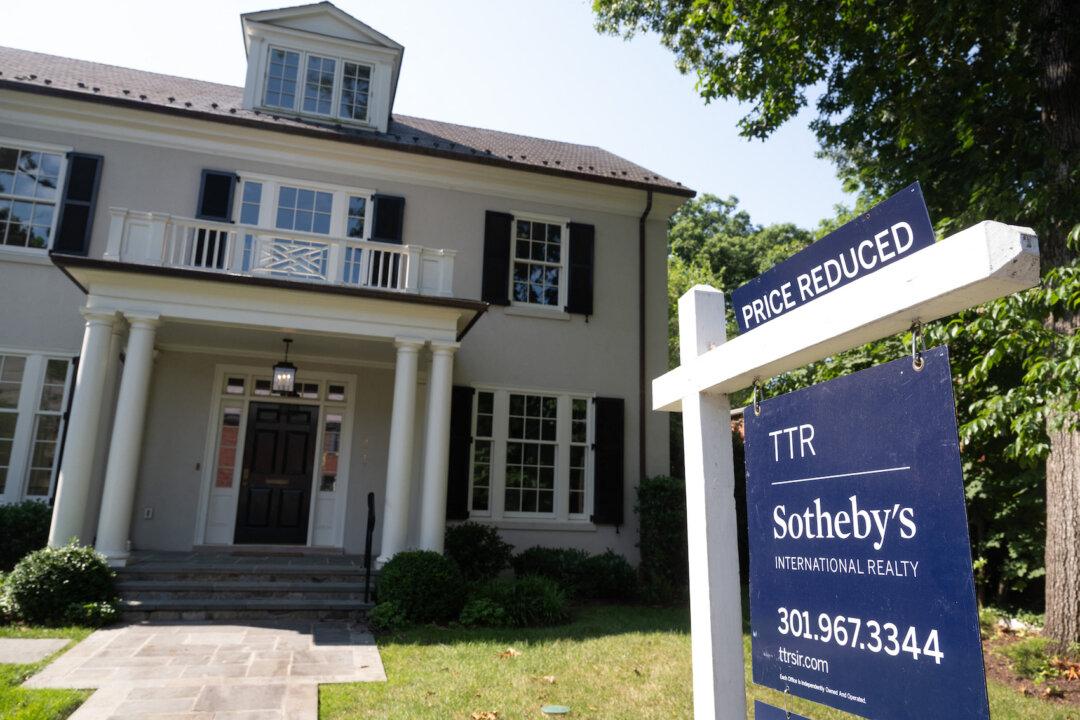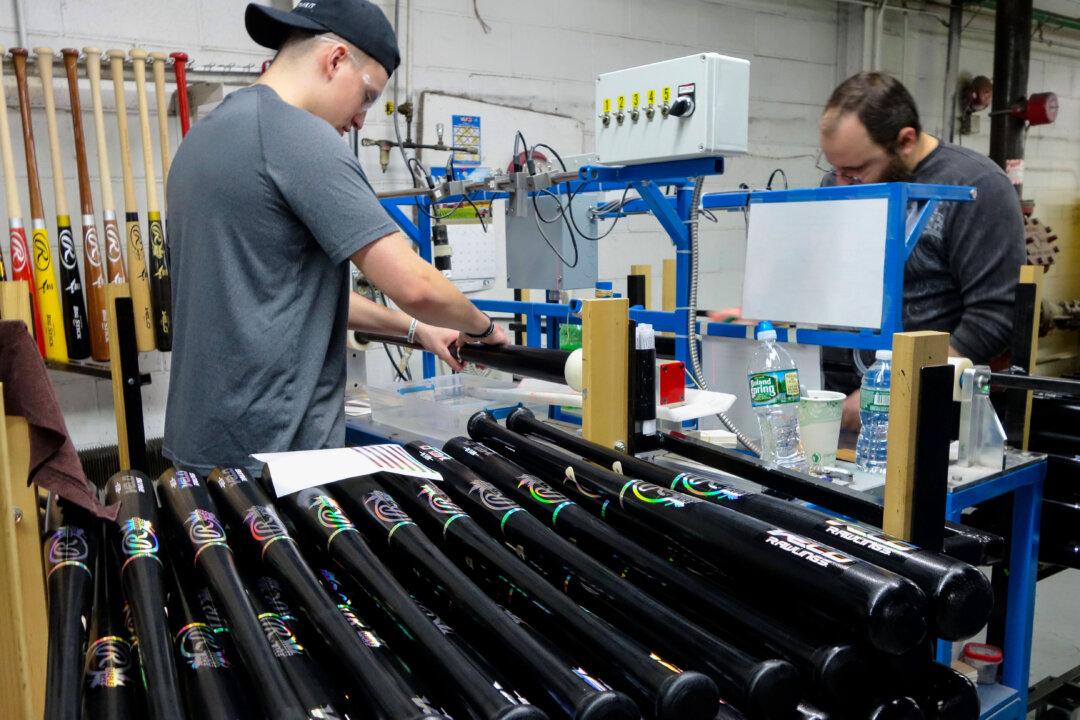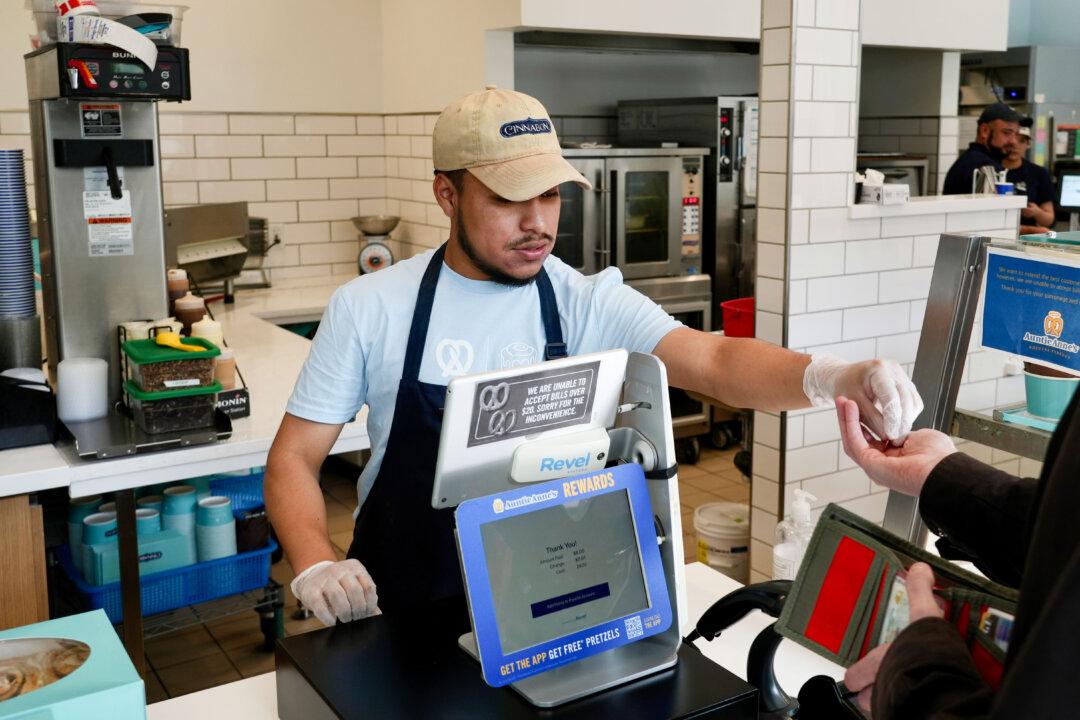The number of homes on the market across the United States continues to lag, with 3.3 months of inventory as of August, the lowest level ever at this time of year, according to the National Association of Realtors (NAR). It’s unfamiliar territory for people in the real estate industry, they say.
Among those is broker Lisa Briganti, who has been in the real estate industry for more than three decades.





